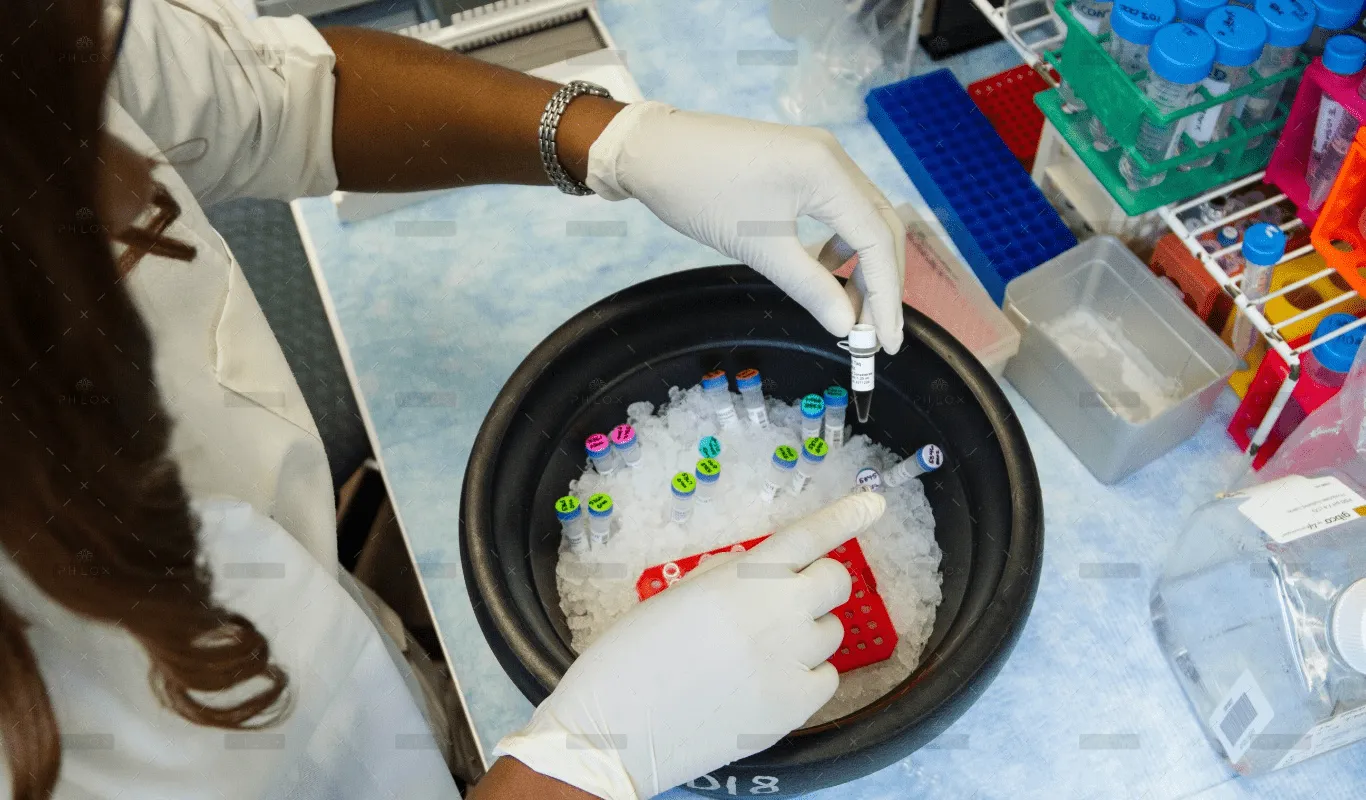Health Guide

This may also work against the food’s desirability, according to Hagen. These feelings may unconsciously prompt us to think of such foods as tasting too good to be good for us. Nonetheless, marketers generally view such advertising as effective.
If it is not the way that pretty food activates the brain’s reward center, the study asks, “May the alluringly good-looking pizza actually seem healthier to you, by virtue of its aesthetics?”

Hagen cites the example of Fibonacci series-based “golden spiral” patterns that appear in the repeating arrangements of plant leaves. In the case of food, the study asserts that people tend to associate food with a nature-based attractiveness as being better for them.
The first experiment involved tasking 803 participants with finding both “pretty” and “ugly” images of ice cream sundaes, burgers, pizza, sandwiches, lasagna, omelets, and salads. As expected, the participants rated the pretty versions of their foods as being healthier. They did not see tastiness, freshness, and portion size as influencing factors.
